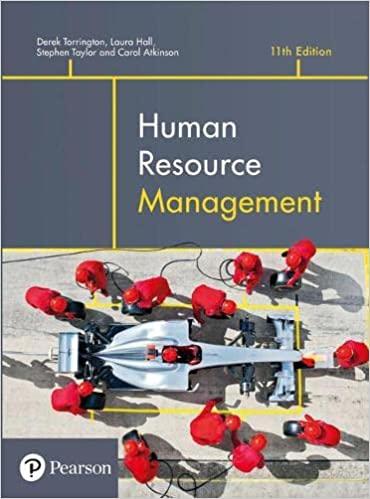Until quite recently Dixon Ticonderoga was a dominant player in the American pencil market. Able to trace
Question:
Until quite recently Dixon Ticonderoga was a dominant player in the American pencil market. Able to trace its origins back to the 1790s, throughout the twentieth century the company was a household name across the USA. For 100 years the company managed to maintain a highly profitable 30–40% share of a growing US pencil market, its iconic ‘Number 2’ yellow and green pencils being used across the country by millions of children when sitting school tests and exams. By 1990, 4 billion pencils were being sold each year in the USA, a good chunk of them manufactured by Dixon at its plants in Florida. At this time, four American manufacturers dominated the market, Dixon Ticonderoga being the second biggest, enjoying annual revenues of $90 to $95 million a year.
Things started to change rapidly after 1990 with the entry of Chinese manufactures into the American pencil market. By using cheaper labour and sourcing much cheaper raw materials of superior quality, Chinese pencils could be retailed at half the cost of those manufactured by Dixon. Moreover, in many consumers’ eyes they not only looked the same, but functioned more effectively too. The result was a prolonged period in which pencils originating in Chinese factories steadily captured a greater share of the US market. In 1991 imported pencils accounted for just 16% of the total US pencil market, reaching 50% by the turn of the century.
In 2004 imports accounted for 72% of the market and by 2010 for 87%. What is more, this level of penetration was achieved despite the US government applying big tariffs on imported pencils in order artificially to inflate their prices, $4 million being collected from Chinese pencil manufacturers in 2010.
Dixon Ticonderoga was slow to respond effectively to the challenge of overseas competition. Reluctant to downsize or close its US plants or to source materials from outside the USA, it held back from taking the radical strategic decisions necessary in order to secure its revenues and its future as an independent company. It was one of the companies that successfully lobbied for the imposition of tariffs on imported pencils in 1994.
Over time though, changes were made. Dixon started to ship wood from Indonesia, and rubber for erasers from Korea. The company also experimented by making pencils out of recycled paper cases. But they were still unable to compete effectively with their Chinese competitors. Eventually the difficult decision had to be taken to stop manufacturing standard, mass-market pencils in the USA, so in 2000 production was shifted to a plant in Mexico and to a wholly owned subsidiary in China.
Today the Dixon Ticonderoga brand remains in existence, but its market share is tiny compared to that which it enjoyed twenty or thirty years ago. It focuses increasingly on niche stationery products at the luxury end of the market, and no longer manufactures pencils in America or uses raw materials sourced in the USA. Since 2005 Dixon has been owned in its entirety by the Italian industrial conglomerate Fila-Fabricca Italiana.
Questions
1. How did Dixon Ticonderoga and the other US-based pencil manufacturers manage to hold on to such a dominant share of their market until 1990?
2. Why do you think managers at Dixon Ticonderoga were so slow to respond radically to the arrival of overseas competitors?
3. In retrospect, what steps should they have taken in the 1990s to secure their future?
4. What would have been the likely HRM consequences had they taken these steps?
Step by Step Answer:

Human Resource Management
ISBN: 9781292261645
11th Edition
Authors: Derek Torrington, Laura Hall, Stephen Taylor, Carol Atkinson





